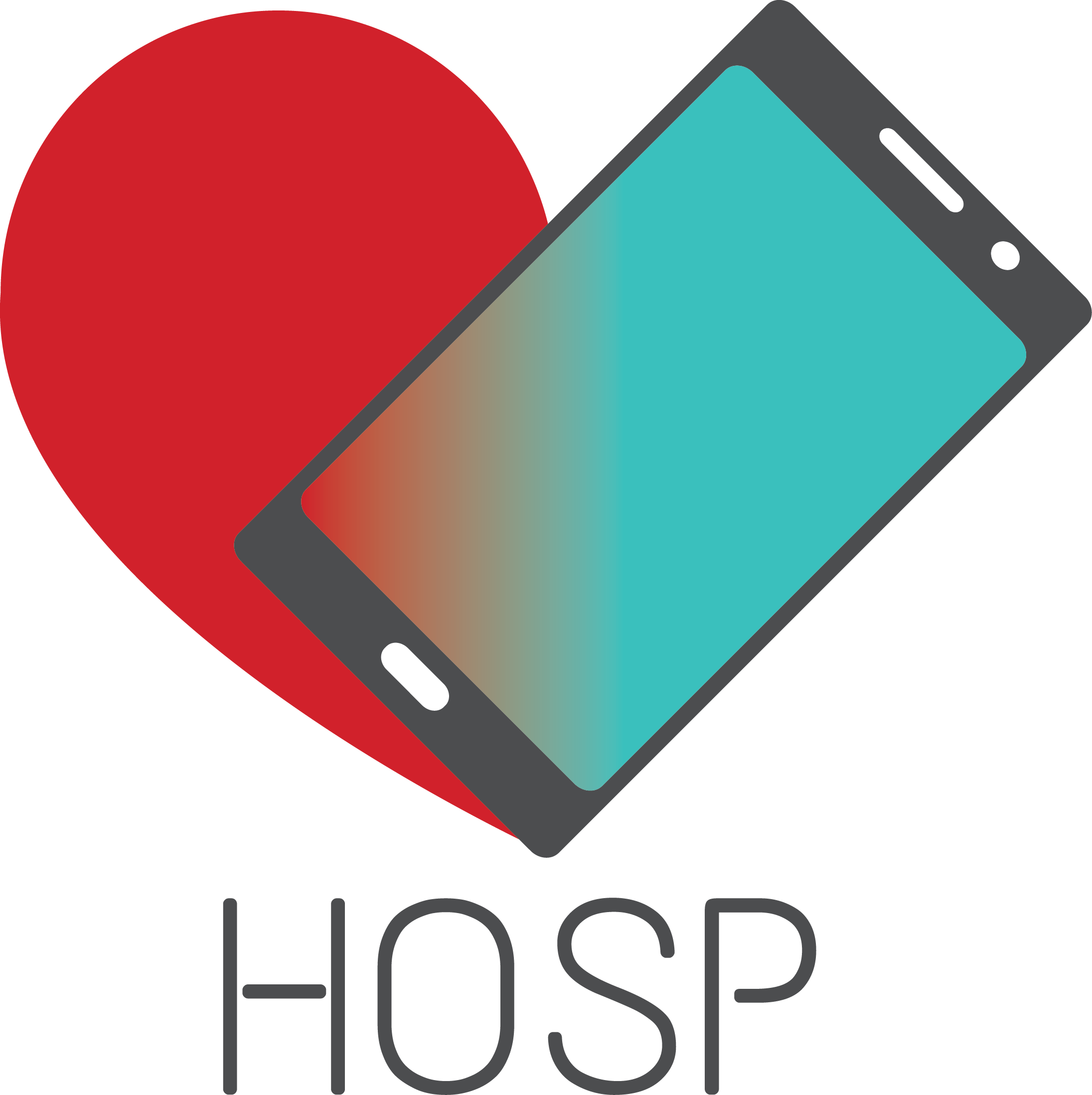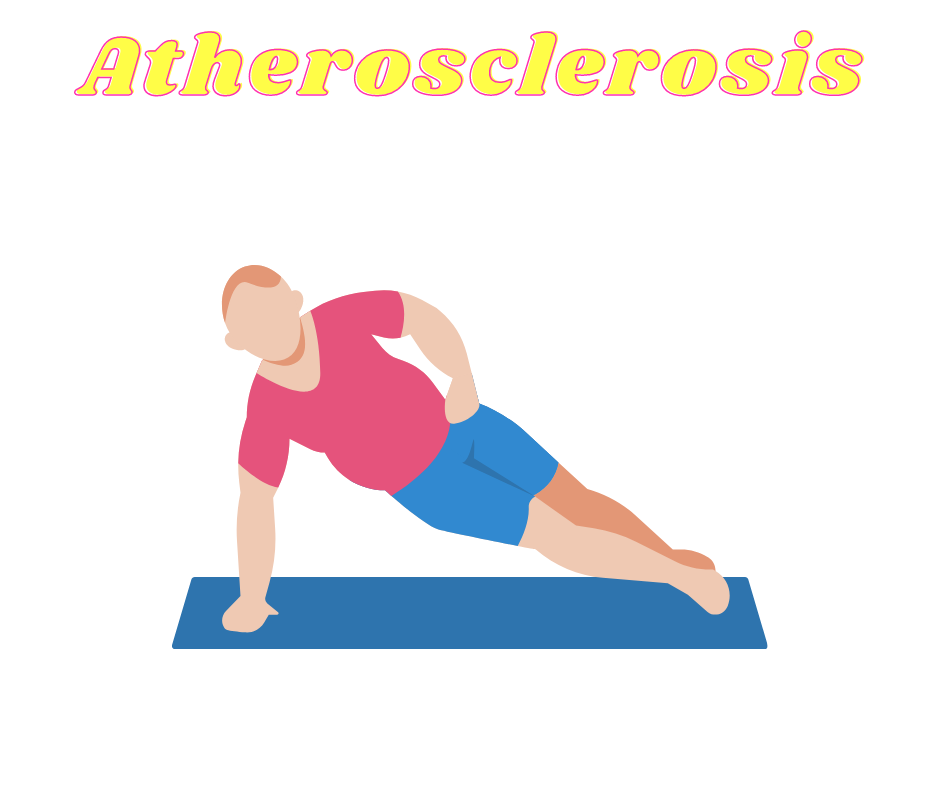Atherosclerosis is a disorder in which arterial wall stiffens and loses its elasticity caused by the formation of thickening (atherosclerotic plaque) in its inner layers, which can reduce or obstruct blood flow. Although it is more common in the male population, its prevalence increases in women after the menopause and equalizes with the prevalence of the men of the same age.
Atherosclerosis affects heart, brain, kidneys and other vital organs and extremities and thus represents the leading cause of illness and mortality in the US and most Western countries. Mortality due to coronary heart disease among white males between the age of 55 and 65 is 1 in 100.
How does it happen?
An atherosclerotic plaque is forming after the large amount of “bad cholesterol” LDL-c accumulates in arteries where they get oxidized, causing inflammation. In order to defend itself, the organism sends macrophages, a form of white blood cells to capture the cholesterol.
They transform the oxidized cholesterol into large foam cells which cause even more inflammation. As a consequence of that, arterial smooth muscle cells activate, migrate and proliferate forming a “cap” above the inflamed area.
This doesn’t represent good protection because lipid part beneath can be dangerous if it gets torn out, potentially causing a heart attack or stroke. Over time the organism forms a thick layer thus narrowing the space for blood flow even more.
Signs and symptoms
Since the atherosclerosis is a slowly developing disorder, at first it shows no symptoms that will warn you about it. The first symptoms are seen when the artery gets obstructed. Signs and symptoms depend on the body part where an arterial obstruction occurred.
Atherosclerosis in heart arteries will be expressed via chest pain, feeling a pressure or discomfort (angina) which may progress into arms, legs or neck.
Atherosclerosis in brain arteries can cause difficulty speaking, blurred vision, loss of coordination or balance, numbness, weakness or paralysis in one side of the face, arm or leg, etc (TIA signs and symptoms).
This disorder in leg arteries will manifest itself in leg pain, difficulty walking or intermittent claudication.
Atherosclerosis in kidney arteries can cause hypertension or kidney failure.
Some of the most dangerous consequences of atherosclerosis are a heart attack and stroke as it could cause both these health emergencies.
Risk factors for atherosclerosis
There are some risk factors for atherosclerosis on which we can’t influence such as family history, genetic abnormalities, advanced age, and male gender but many other risk factors are modifiable. You can find some of them in the text below.
Unhealthy diet – It is known that nutrition rich in saturated animal fats and carbohydrates is correlated to atherosclerosis development. Moreover, people who have a diet poor with vitamins, minerals, amino acids, and essential fatty acids have an even larger chance of atherosclerosis.
Obesity – Obesity is associated with high cholesterol levels, hypertension, diabetes, poor physical activity which all may potentially lead to various cardiovascular diseases, as well as atherosclerosis.
Lack of physical activity – People who are physically inactive have a greater chance to develop atherosclerosis.
Dyslipidemia – High concentrations of LDL-c and low concentrations of “good cholesterol” HDL-c favors atherosclerosis.
Diabetes – Diabetes can cause many metabolic disorders which can affect change on arteries which supply different organs.
Hypertension – High blood pressure increases atherosclerotic changes significantly.
Smoking – Nicotine from tobacco smoke cause constriction of blood vessels increasing the atherosclerotic changes.
Prevention
Primary prevention involves fighting risk factors in people who have no expressed symptoms and signs. First of all, it is necessary to carry out proper nutrition, reduce body weight and exercise adequately.

If the patient’s health condition is good but he/she has elevated cholesterol or triglycerides in the blood, stated preventive measures are recommended for 3 – 6 months. There is evidence that people with these conditions may benefit from Omega 3 unsaturated fatty acids.
Pharmacological treatment
If primary prevention does not help the usage of medications is needed. Here are some of the most used drug classes.
First line drugs are statins, lipid-lowering medications which can stop, reduce, or even reverse the atherosclerotic plaque (other lipid-lowering medications may be used). Likewise, a good antiplatelet drug that may prevent thrombotic complications of atherosclerosis is aspirin (100 mg) or some other medication from this class. Various other cardiovascular medication such as beta blockers, calcium channel blockers, ACE inhibitors or diuretics may also be introduced into therapy. Furthermore, control and treatment of hypertension and diabetes are part of the recommendations for the prevention of cardiovascular diseases.

